Researchers create an artificial array of magnetic cilia that could contribute to advancing the capabilities of soft robotics.
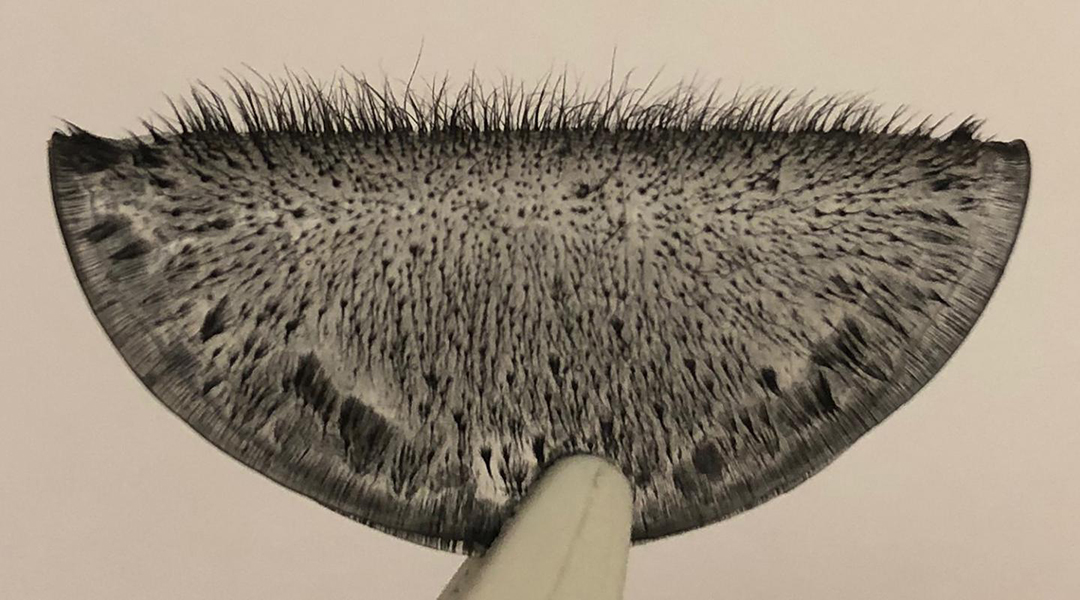


Researchers create an artificial array of magnetic cilia that could contribute to advancing the capabilities of soft robotics.
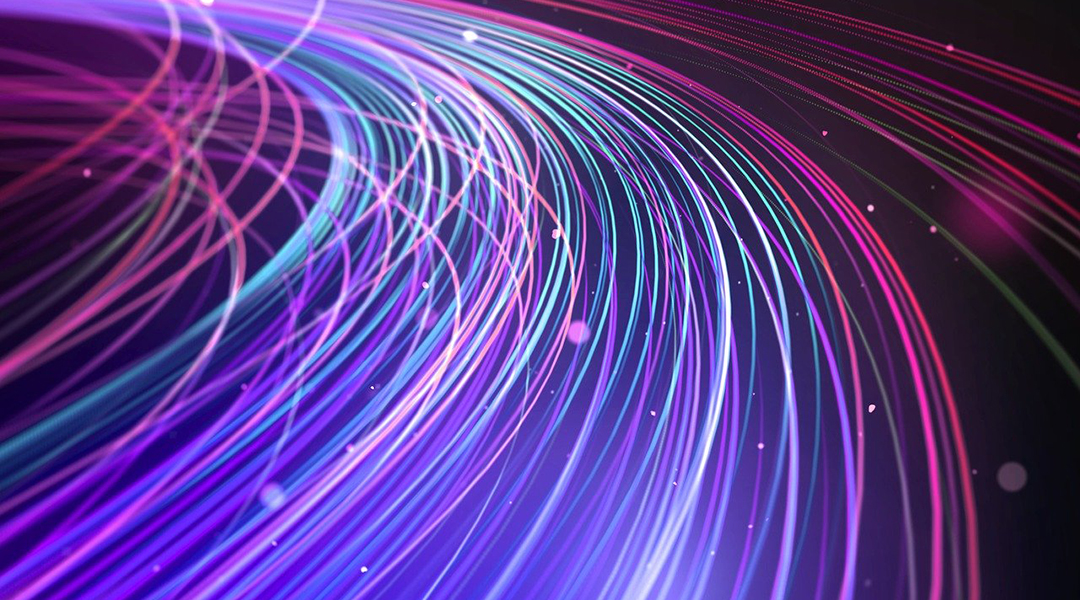
As the way in which we work, socialize, and live becomes ever-more digital, enabling faster internet speeds and bandwidth capacity while using existing infrastructures promises a new dawn of the digital age.
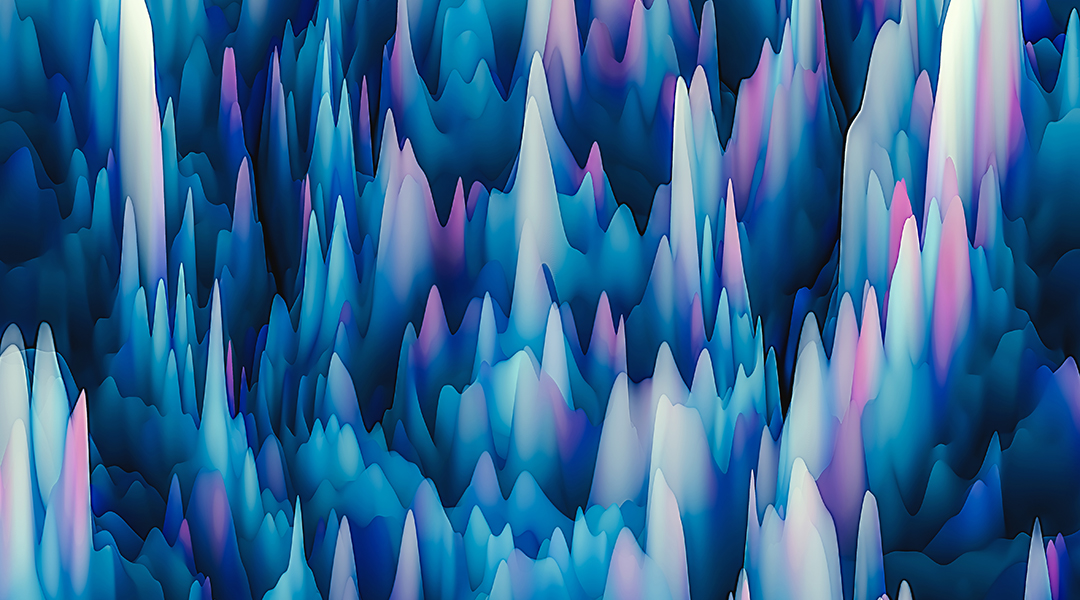
An exciting and exotic approach to minimizing error in quantum computation re-purposes a known code to achieve what many researchers thought was impossible.
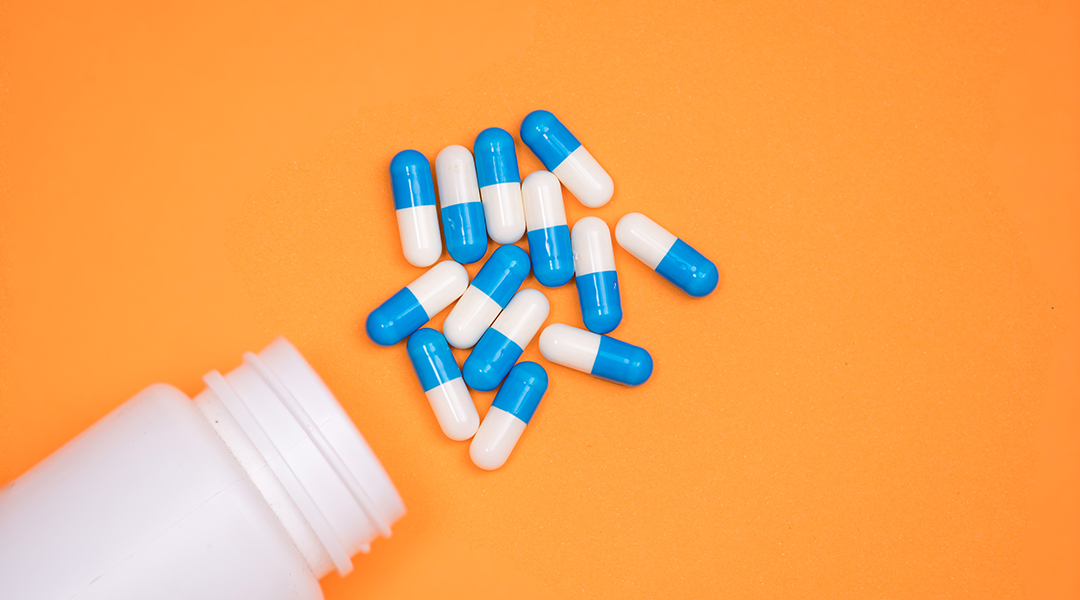
A study that analyzed data from nearly 15 000 patients with COVID-19 receiving four combinations of chloroquine, hydroxychloroquine, and antibiotics indicates the drug regimen may be doing more harm than good.
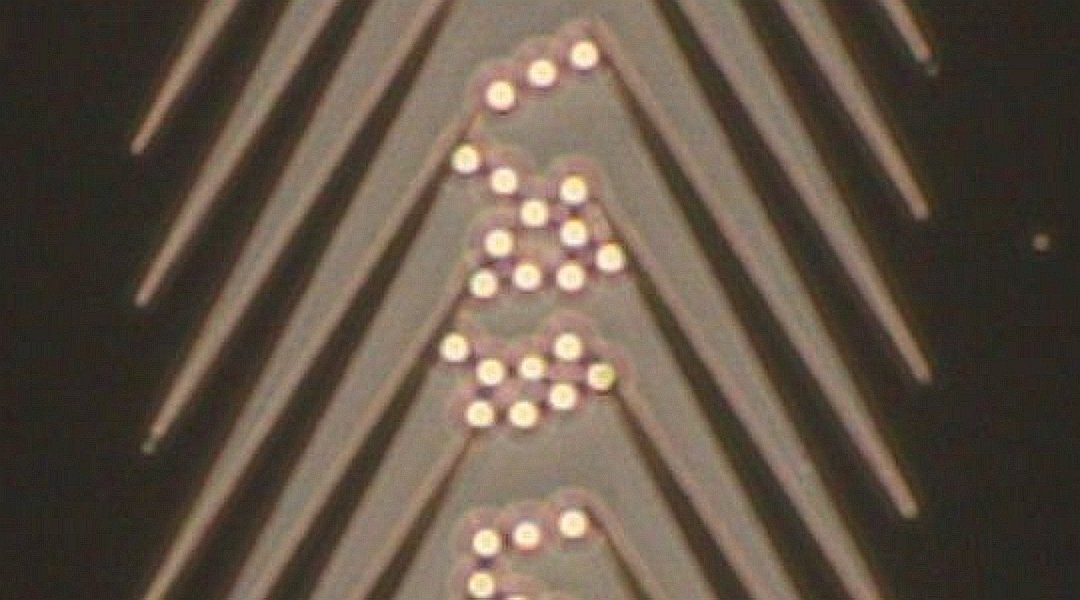
Using an asymmetric sawtooth-shaped potential, researchers achieve transport of tiny molecules driven by particle crowding.

Researchers use “a guiding light” to direct the 3D growth of nerve tissue with a high degree of precision.
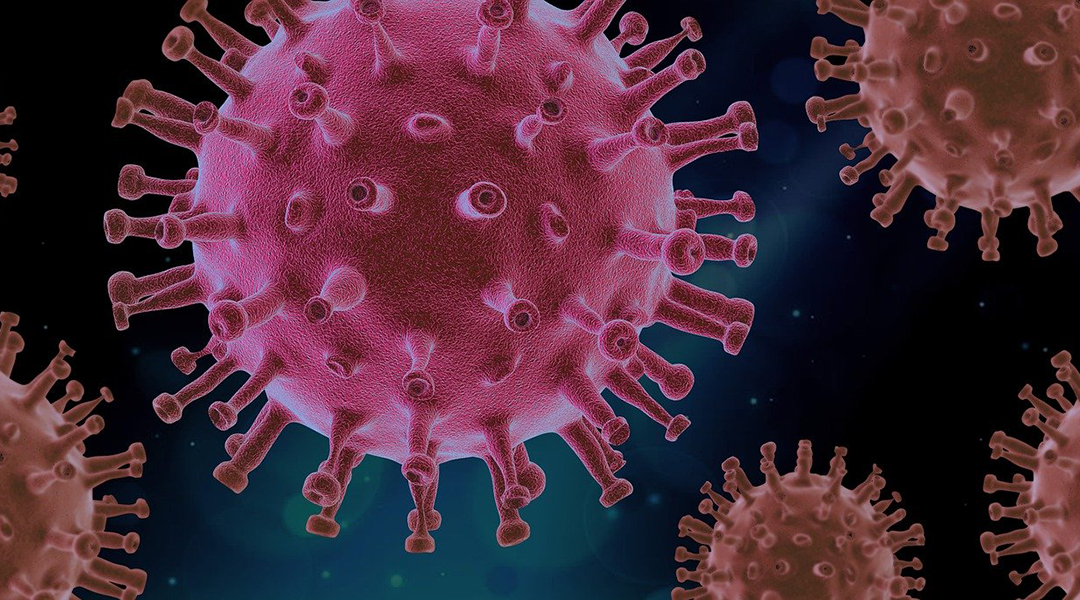
Scientists identify a cocktail of antibodies from a recovered COVID-19 patient’s blood sample that helped neutralize the SARS-CoV-2 virus in mice.
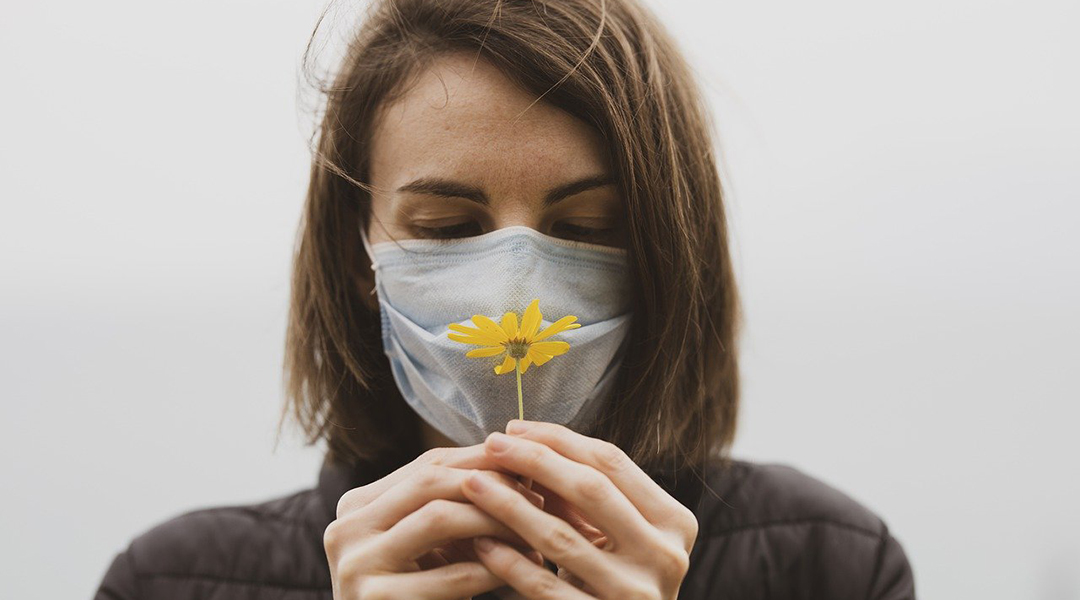
A new study explores how SARS-CoV-2 damages cells in the nasal cavity, altering infected individuals’ sense of smell.
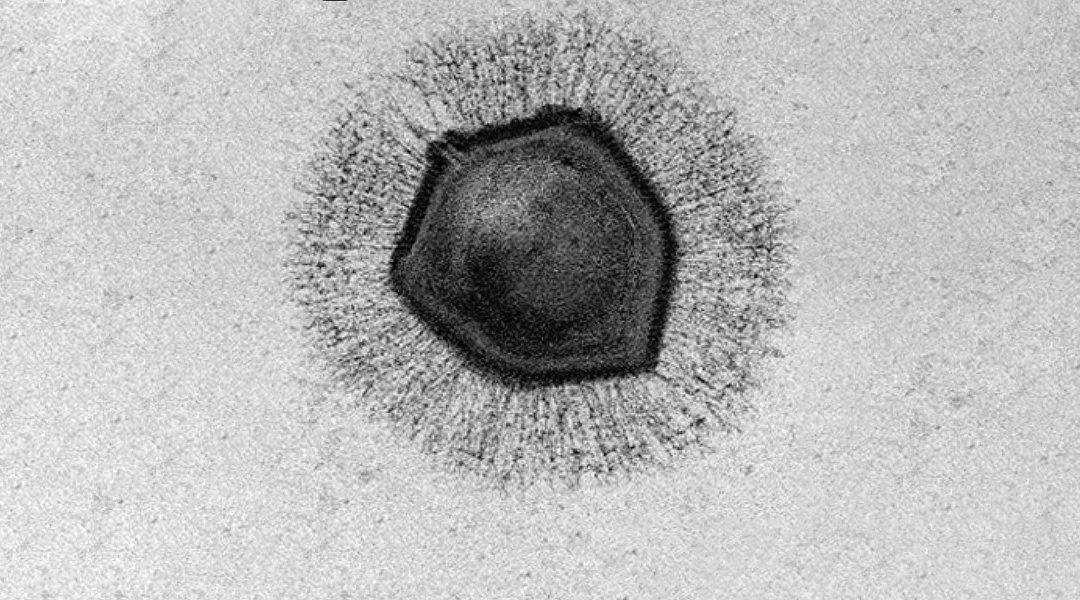
New imaging technique sheds light on the mysterious life cycle of giant viruses.
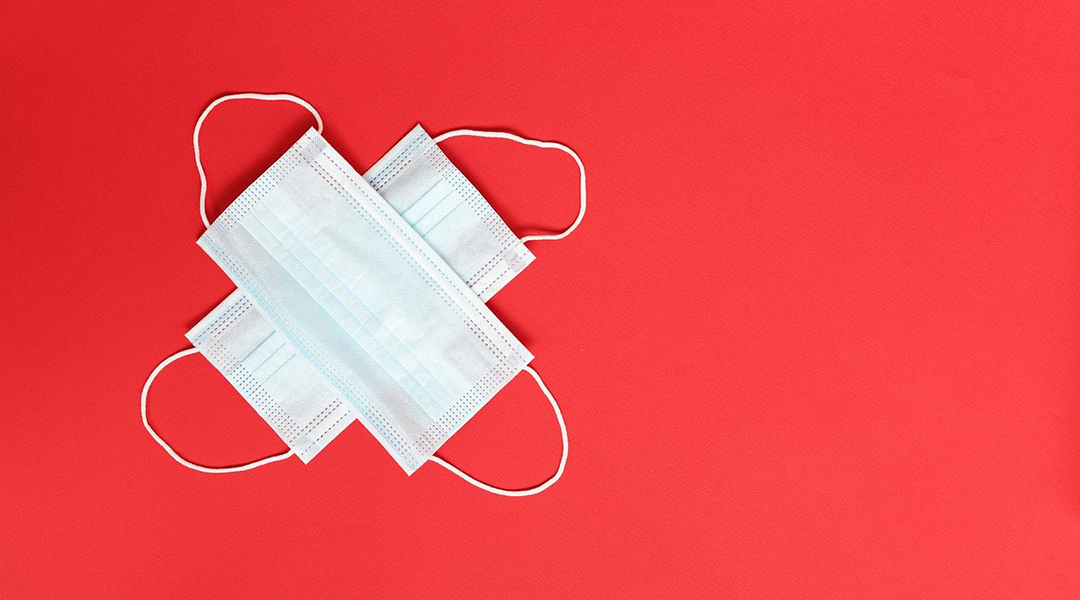
The interaction between the innate and the adaptive immune responses to COVID-19 may be impacting disease progression, and the answer might be to suppress them.